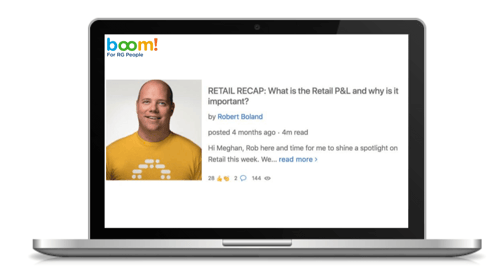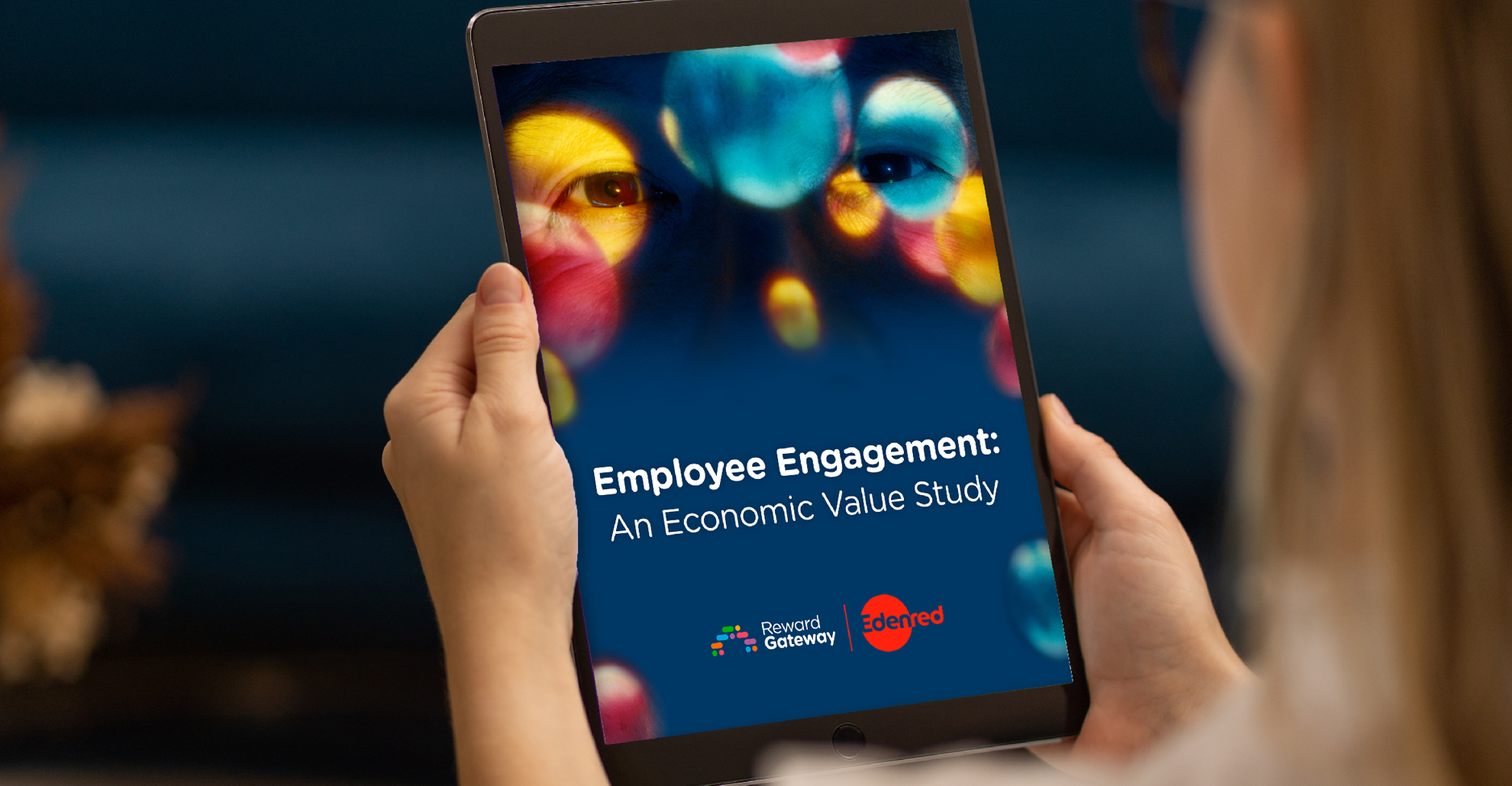
4 min read
Employee engagement can be a difficult concept to define. It's a much discussed topic in organisations across the globe, but with that comes many misconceptions that exist in the HR industry.
For some businesses, employee engagement is hot on the agenda and is at risk of being cut as part of a money-saving exercise.
Working with clients of all sizes, in various industries, shows the power that employee engagement has on transforming and improving organisations for the better. This has made me look at why key decision-makers might take a negative view on employee engagement, and try and expose some of the barriers to it here.
.jpg?width=500&name=Reward%20Gateway%20In%20Action%20-%20Groups%20-9219%20(1).jpg)
Misconception #1: Employee engagement is a nice-to-have
Some organisations think that employee engagement is just a nice-to-have and only companies with younger employees need it in order to hold staff attention spans. But employee engagement is much more than ping pong tables and cold brew on tap.
Improving employee engagement in the workplace is not a nice-to-have, it's essential.
When it comes to appreciation, every employee will place a high value on receiving regular praise and reward – recognition doesn’t discriminate. What is needed is a defined strategy and inclusive approach to a reward and recognition program that considers each individual’s needs and caters to different preferences.
Download our eBook to discover how to improve employee engagement at your organization »
Misconception #2: Employee engagement is the same as employee happiness
Some people think that if their employees are happy, they are engaged. But this isn’t always the case. Employees can be happy at work for a number of reasons – they can be happy about the environment, they can be happy about the work, they can be happy about the people, but this doesn’t mean that they are engaged or demonstrating values-based behaviours.
When an employee is engaged they go the extra mile for the business. Engaged employees build better, stronger, more resilient organisations, in three key ways:
| 1. Engaged employees make better decisions for their companies and clients because they understand more. |
| 2. Engaged employees are more productive because they like or like what they are doing. |
| 3. Engaged employees innovate more because they deeply want their organisation to succeed. |
Misconception #3: Employee engagement will cost a fortune
Making an employee feel valued and appreciated doesn’t need to break the bank. It is proven that engaged employees will work harder and value the business more so than less engaged employees.
When you invest in employee engagement, there is a positive impact on productivity, motivation and overall business results.
According to Willis Towers Watson, companies with high employee engagement have 3 times higher profit than those with low employee engagement. What’s more, according to Corporate Leadership Council, highly engaged employees were 87% less likely to leave their companies than their disengaged counterparts.
.jpg?width=500&name=Reward%20Gateway%20In%20Action%20-%20Groups%20-9168%20(1).jpg)
What does this all mean? Doing nothing to improve engagement will come at a greater cost. When your employees are disengaged, it costs your organisation invaluable time, money and talent. What’s more there’s a direct correlation between employee engagement cost vs. return on investment. Choose the right employee engagement tools for you that will have the biggest impact on your people.
Misconception #4: Employee engagement doesn’t affect the business
When you choose appropriate ways to shine a spotlight on different areas of your business, you can expect to have a big impact on engagement. To be successful you might need to think outside the box.
For example, when the Retail Team at Reward Gateway reached a big milestone at the end of the year, their manager recognised this and spread awareness of their accomplishment to the wider business.

In turn, the team felt motivated to continue doing good behaviour because they understood how their work impacts the business as a whole. All in all, engaged employees will be your strongest asset and will actively contribute to the success of your business.
Misconception #5: Don’t people come to work just to work?
Employees will perform better if they feel valued and motivated when they get these three things they crave at work:
| Respect: | Help me feel respected for the work I do. |
| Purpose: | Show me how what I do has purpose, makes a difference and is relevant to the organisation. |
| Relationships: | Help me build stronger connections with people, especially my immediate manager or supervisor. |
Employee engagement is key to any successful business. It’s such a simple thing to implement, yet it affects the running of the business from the ground up. What next step will you take towards improving employee engagement at your organisation?
When you strategically recognise top performers at your organisation and continuously connect them to your company’s purpose, mission and values through an employee engagement platform – you will build a stronger, more profitable organisation.
 Evan Smith
Evan Smith



